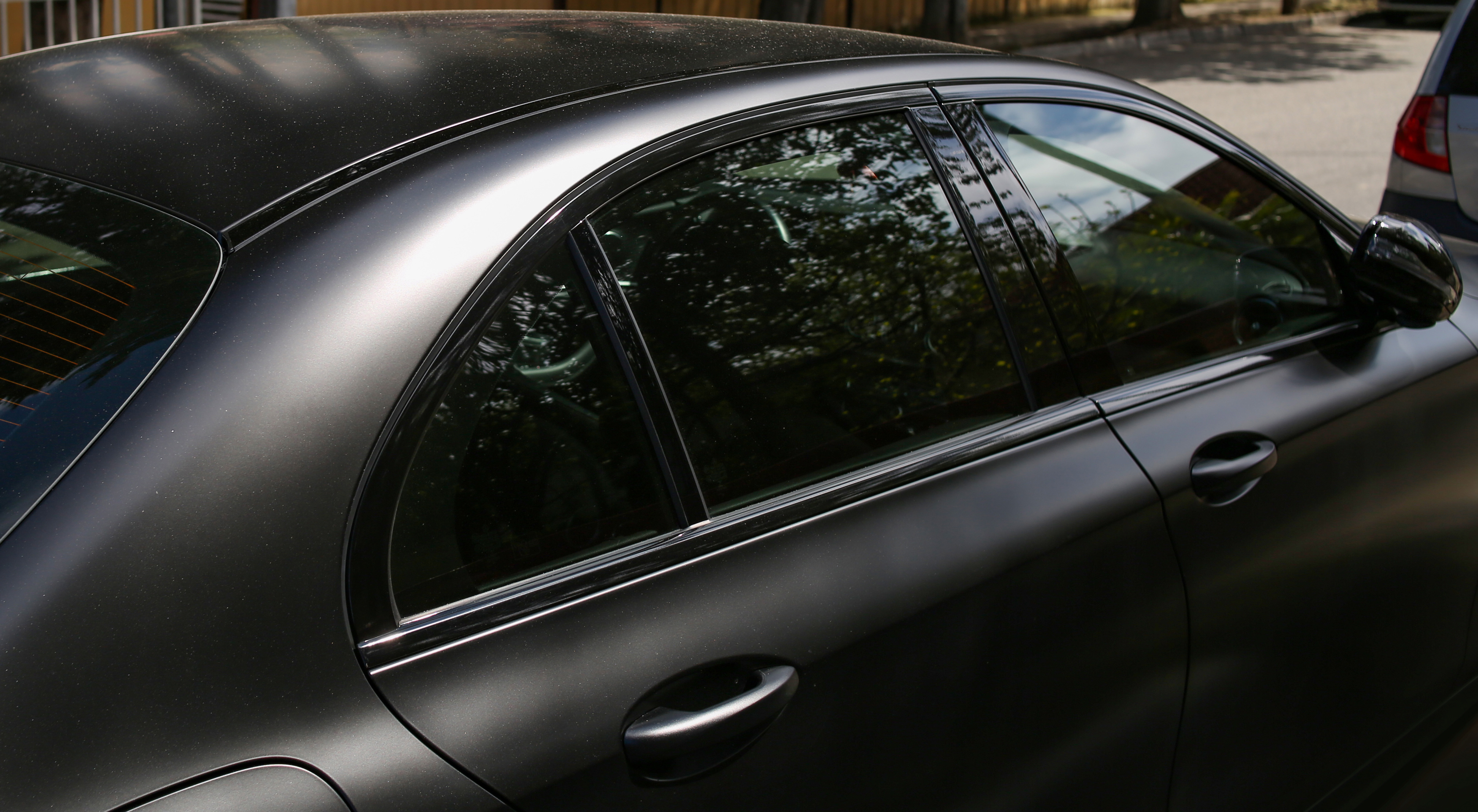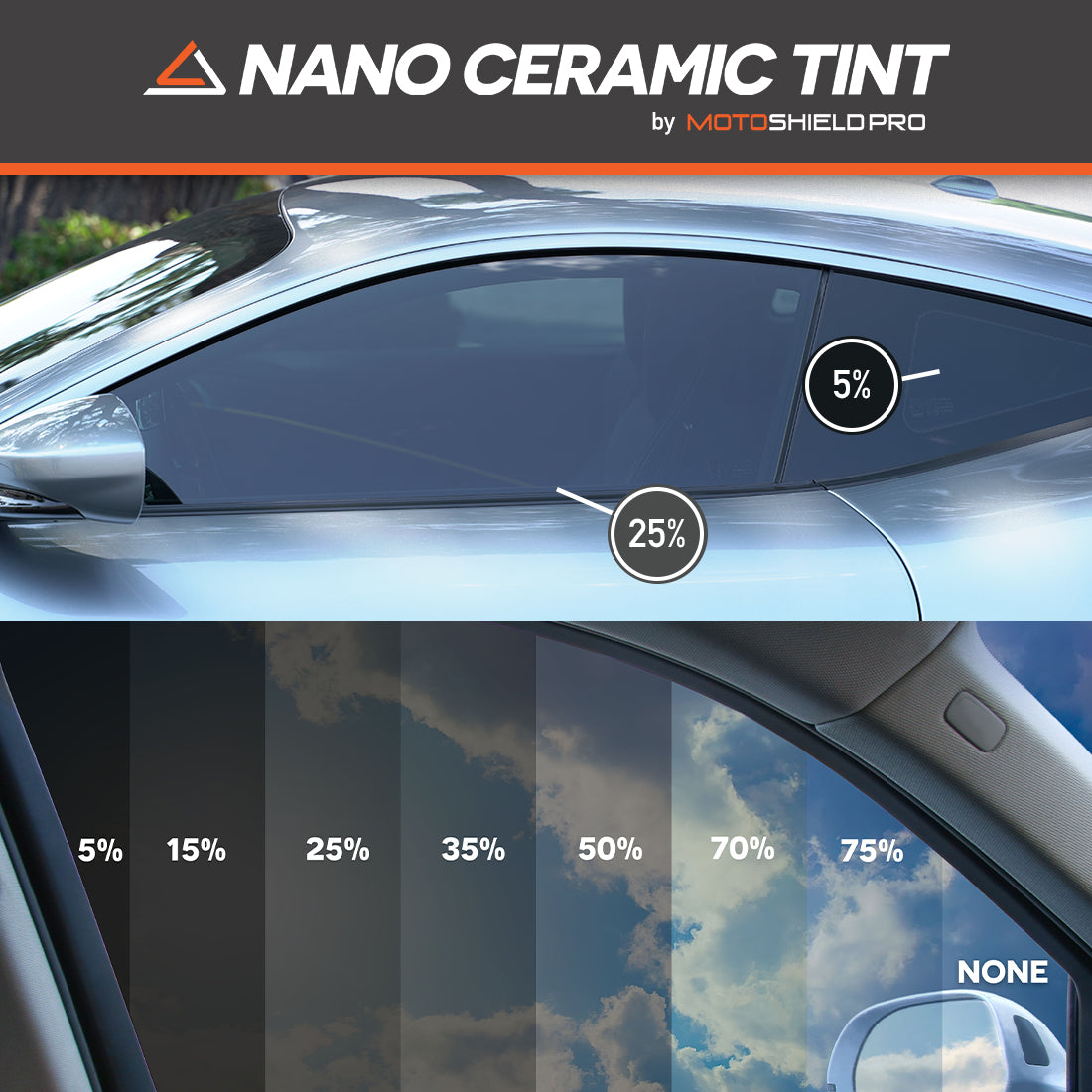Home Window Tinting Laws and Guidelines: What You Need to Know Prior To Tinting Your Vehicle
Prior to proceeding with home window tinting for your automobile, it is essential to familiarize yourself with the diverse laws and guidelines that regulate this technique across various states. These regulations dictate the permitted levels of color darkness, commonly determined by noticeable light transmission (VLT) percents, and consist of details terms for front windshields intended at guaranteeing road safety.
Summary of Home Window Tinting Rules
Window tinting laws are regularly based on variant across various jurisdictions, reflecting local regulations and security considerations. These laws determine the permissible levels of color darkness and reflectiveness on car windows, ensuring that drivers preserve sufficient exposure while also safeguarding versus dangerous UV rays and warmth.
The majority of policies categorize home window tinting based upon the Visible Light Transmission (VLT) percent, which indicates the amount of light that can travel through the window. Typically, lower VLT percentages signify darker tints. Regulations commonly set apart in between the front, side, and back windows, with stricter constraints put on the front windshield to boost security for both the vehicle driver and various other road users.
Additionally, some jurisdictions enforce constraints on the reflectivity of the color, preventing extreme glare that could impair visibility. Exemptions to these regulations may exist for individuals with specific clinical conditions calling for additional sun defense. Conformity with window tinting laws is critical, as violations can lead to fines, obligatory removal of the tint, and potential increases in insurance coverage costs. Consequently, it is vital for vehicle proprietors to familiarize themselves with local laws prior to waging home window tinting installations.
State-by-State Tint Regulations
Understanding the particular window tinting laws in each state is vital for lorry owners looking for to abide with the law. Each state in the U.S. has actually established its own collection of guidelines controling window tinting, which can vary significantly. These policies usually determine the allowed degrees of tint darkness, the types of home windows that can be tinted, and any clinical exemptions that may apply.
As an example, states like California have stringent restrictions on color darkness for front home windows, while others, such as New Mexico, might enable darker tints. Furthermore, particular states mandate certain presence portions for numerous home windows, consisting of the windshield, front side windows, and back windows. It is critical for automobile owners to acquaint themselves with their state's laws to avoid possible penalties or penalties.
Moreover, some states may call for a certification sticker to be positioned on tinted home windows, suggesting conformity with state regulations. Failing to comply with these laws not only risks lawful effects however can likewise impact safety and security and exposure while driving. Automobile proprietors need to carry out thorough study or consult neighborhood authorities to guarantee full understanding and conformity with state-by-state tint policies.
Allowed Tint Types and degrees
Numerous automobile owners might be stunned to discover that permitted tint levels and types vary extensively throughout different states. Each state has established its very own guidelines concerning the allowable darkness and reflectivity of home window color, usually determined by Visible Light Transmission (VLT) portions. VLT describes the quantity of light that can travel through the colored home windows; hence, a reduced percent shows a darker tint.

In addition, the kinds of tint products permitted can differ, with some states prohibiting metallic or mirror-like finishes. It is important for automobile proprietors to familiarize themselves with their state's particular laws to make certain conformity. Non-compliance can cause fines, necessary removal of the tint, or other lawful consequences, making it vital to comprehend these laws prior to waging installment.
Medical Exceptions for Tinting
While not all states supply allowances for clinical exceptions concerning home window tinting, those that do acknowledge the necessity for specific people to enhance presence and comfort because of medical problems. Various medical conditions, such as lupus, skin cancer, and particular eye conditions, can make individuals especially sensitive to sunlight. As a result, these people may call for darker tints to safeguard themselves from dangerous UV rays and glare.

It is very important to keep in mind that even with a medical exemption, there may still be restrictions on the degree of color enabled. Conformity with state legislations guarantees that people are both protected and within legal restrictions. Those thinking about clinical exemptions must contact their regional Division of Motor Cars or equal authority to recognize the treatments and demands necessary to obtain an exemption properly.
Penalties for Non-Compliance
Failing to abide by home window tinting legislations can cause substantial penalties, which vary by state. Regulation enforcement firms are encouraged to issue citations for cars that do not abide by the redirected here specified tinting laws. These fines generally consist of fines, which can vary from small quantities to numerous hundred dollars, depending on the severity of the infraction and the state in question.
In some jurisdictions, duplicated offenses may lead to intensifying penalties or extra penalties, such as required court appearances. Furthermore, non-compliance may demand the elimination of illegal tinting, commonly at the owner's expense. In severe cases, regular culprits might deal with suspension of their car enrollment till conformity is accomplished.
Furthermore, insurance effects might occur from receiving multiple citations for home window color violations. Insurance companies might see such offenses as an indication of riskier actions, potentially causing boosted premiums or trouble in protection.
To prevent these charges, it is vital for lorry owners to familiarize themselves with their regional window tinting laws and make sure that their car complies (Window Tinting). This navigate to these guys positive method not just stays clear of lawful ramifications yet also advertises roadway safety and security
Final Thought

The majority of regulations identify home window tinting based on the Visible Light Transmission (VLT) percentage, which shows the quantity of light that can pass via the window. Compliance with window tinting regulations is essential, as violations can result in fines, required elimination of the tint, and potential rises in insurance policy premiums.Understanding the particular home window tinting regulations in each state is essential for lorry proprietors looking for to abide with the law. These policies often dictate the allowable levels of tint darkness, the kinds of windows that can be tinted, and any clinical exceptions that might use.
For circumstances, states like The golden state have strict limitations on color darkness for front windows, while others, such as New Mexico, might permit darker tints.